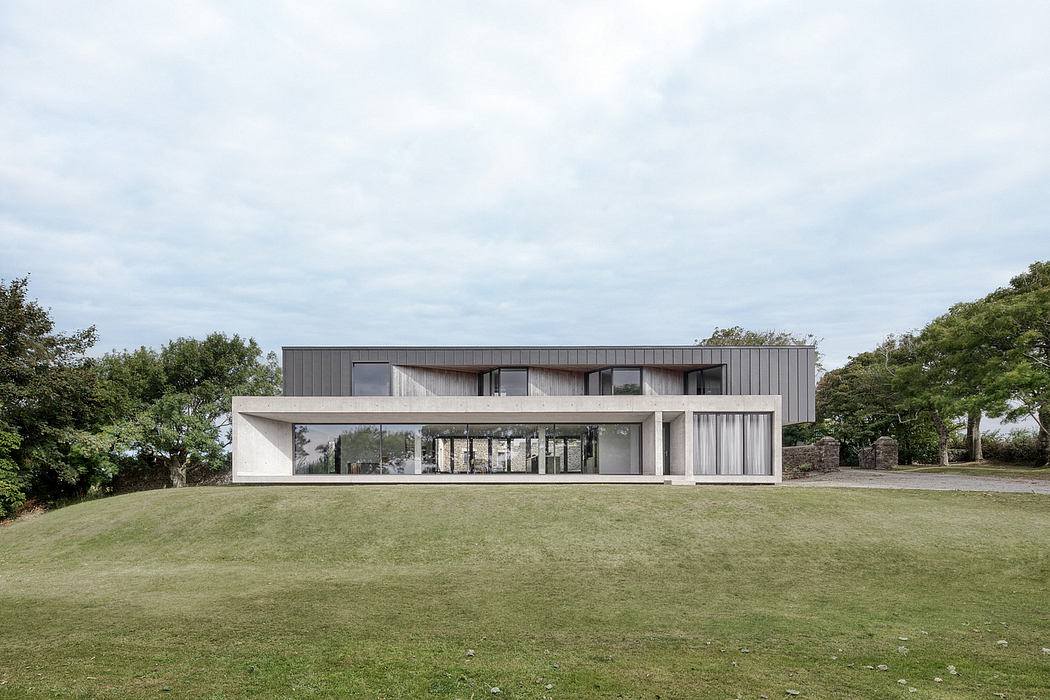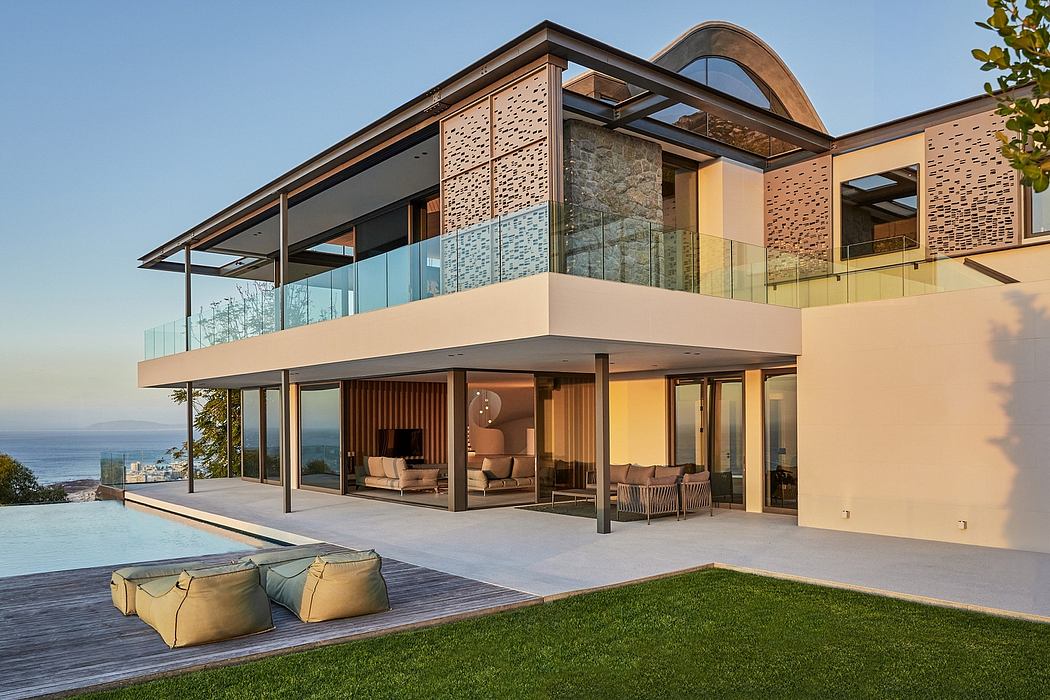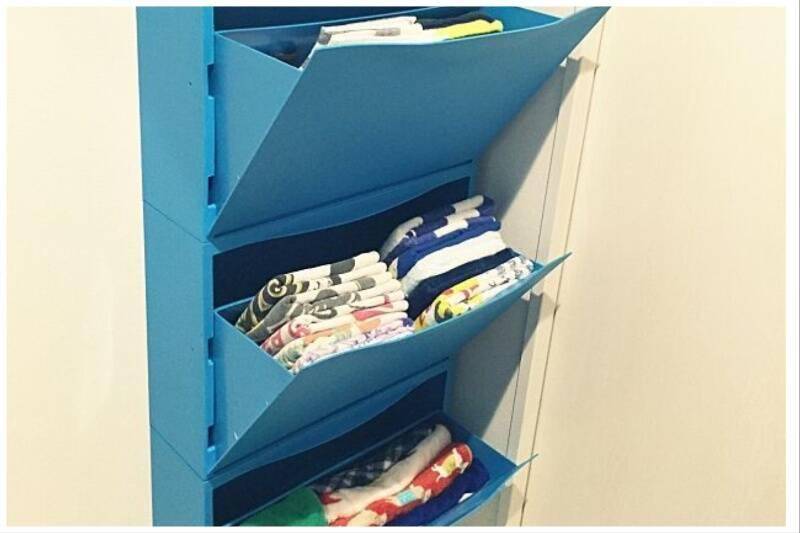How a ?reverse Great Migration? is reshaping U.S. cities

Chicago and other major metros face black Americans? departure for the suburbs and the south Alden Loury remembers when buying his home felt like achieving the American dream. A black journalist from Chicago, Loury and his wife were able to purchase a home for $165,000 in 2005 in Auburn Gresham, a predominantly black neighborhood on the city?s south side, where he grew up.
?I felt great,? he told Curbed. ?I was back in my neighborhood. I knew the streets and the places I went to as a kid were still here.?
For Loury, who grew up in public housing as well as an apartment in a three-flat, buying a bungalow in his old neighborhood was a big deal. His timing, of course, meant coping with the impact of the Great Recession, which started in 2008 and caused the value of his new home to plummet. He and his wife dutifully paid the mortgage, waiting for the cycle of boom and bust to play itself out. But recovery, for Loury?s home and much of the surrounding neighborhood, never really came. By 2015, when most parts of Chicago had recovered, Auburn Gresham and other predominantly black communities on the city?s south and southwest side were still dealing with lower home values and a thinning population.
Even after sinking money into repairs, including a new roof and windows, Loury estimated the market value of his home never went far above $70,000, based on Redfin data and sales prices for similar properties in the neighborhood. Banks weren?t interested in refinancing. Eventua...
| -------------------------------- |
| PROYECTO ARQUITECTÃNICO. Vocabulario arquitectónico. |
|
|












